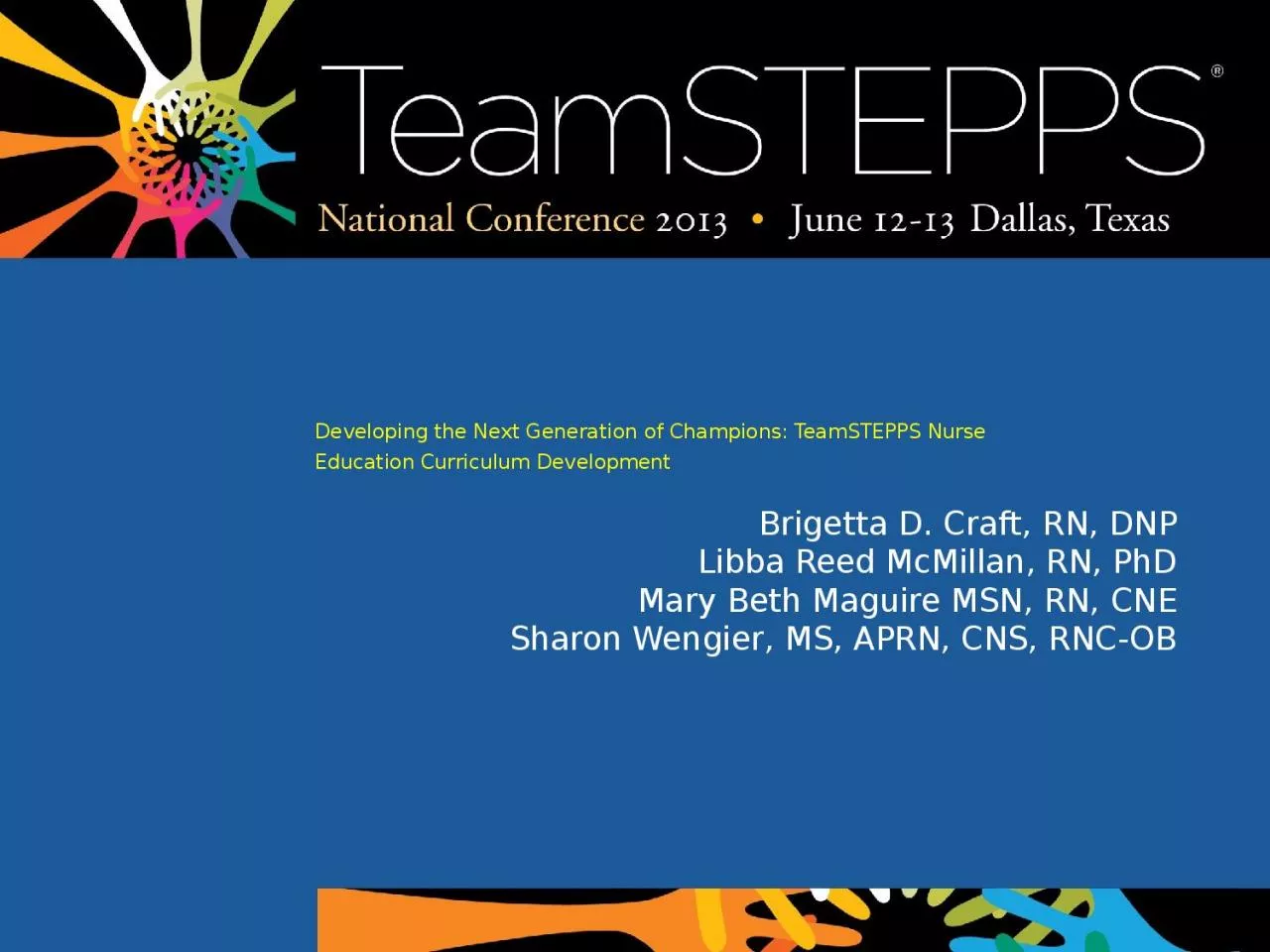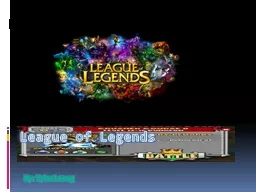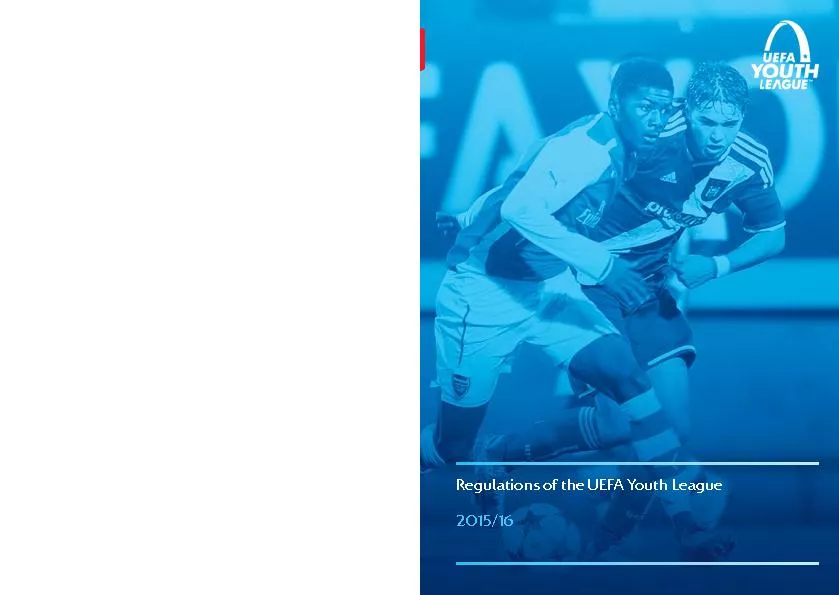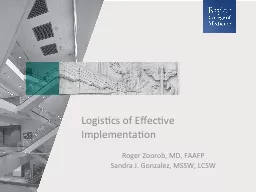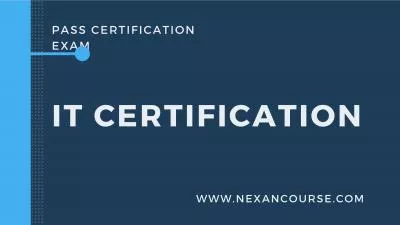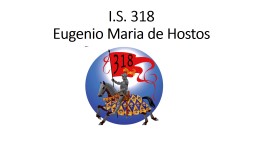PPT-Developing the Next Generation of Champions
Author : reese | Published Date : 2024-02-09
TeamSTEPPS Nurse Education Curriculum Development Brigetta D Craft RN DNP Libba Reed McMillan RN PhD Mary Beth Maguire MSN RN CNE Sharon Wengier MS APRN CNS
Presentation Embed Code
Download Presentation
Download Presentation The PPT/PDF document "Developing the Next Generation of Champi..." is the property of its rightful owner. Permission is granted to download and print the materials on this website for personal, non-commercial use only, and to display it on your personal computer provided you do not modify the materials and that you retain all copyright notices contained in the materials. By downloading content from our website, you accept the terms of this agreement.
Developing the Next Generation of Champions: Transcript
Download Rules Of Document
"Developing the Next Generation of Champions"The content belongs to its owner. You may download and print it for personal use, without modification, and keep all copyright notices. By downloading, you agree to these terms.
Related Documents

